16 Cape Cod Interior Design Ideas (With Pictures)
-
Pete Ortiz
- Last updated:
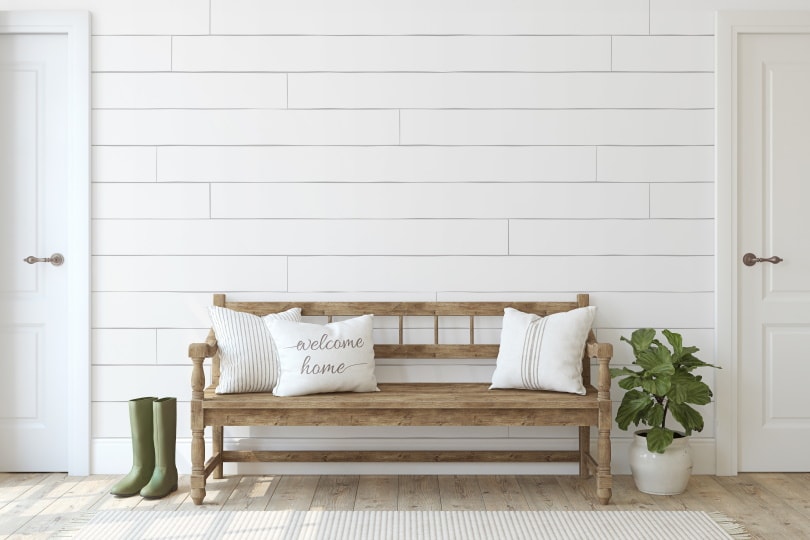
Cape Cod homes have been the pinnacle of American design since the British settlers built them in the 17th century, so it makes sense that Cape Cod living rooms have a timeless appeal. Interiors of Cape Cod homes capture the magnificent splendor of their natural seaside settings. The houses successfully combine seaside colors and a relaxed way of life.
In this article, we’ve featured interior design ideas to help you incorporate Cape Cod’s interior design into your home!
What Design Style Is Cape Cod?
Cape Cod’s interior design concepts have stood the test of time and are renowned for their cozy and welcoming environment. Homeowners from all over the world are drawn to Cape Cod-style home decor. Elegant natural materials and nautical touches are used lavishly throughout these rooms. The soft homage to traditional style in the furnishings and decor makes them feel especially warm and welcoming.
Top 16 Cape Cod Interior Design Ideas
1. Enjoy Monochrome Color Schemes
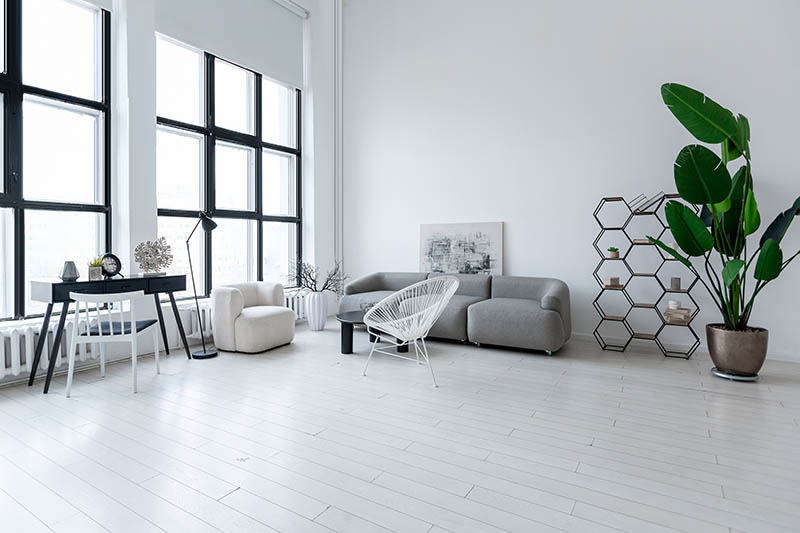
You can create a chic monochromatic background for a Cape Cod living room by choosing architectural details like windows and doors in black and then pairing them with white walls and ceilings.
Incorporating black furniture, such as a coffee table or ottoman, can keep the look chic and modern, but the element of comfort and softness is still present to maintain the Cape Cod appeal.
2. Let Light be the Centerpiece

To produce a wonderfully organized layout that complements the simplicity of Cape Cod living room ideas and design, a light fixture can be placed at the center of the room, and the furniture placement will revolve around it.
Using a warm globe light creates a cozy atmosphere, and the lampshade can be anything from wicker to wood or canvas to bring a natural and almost vintage feel to the Cape Cod style.
3. Make the Most of Gorgeous Views
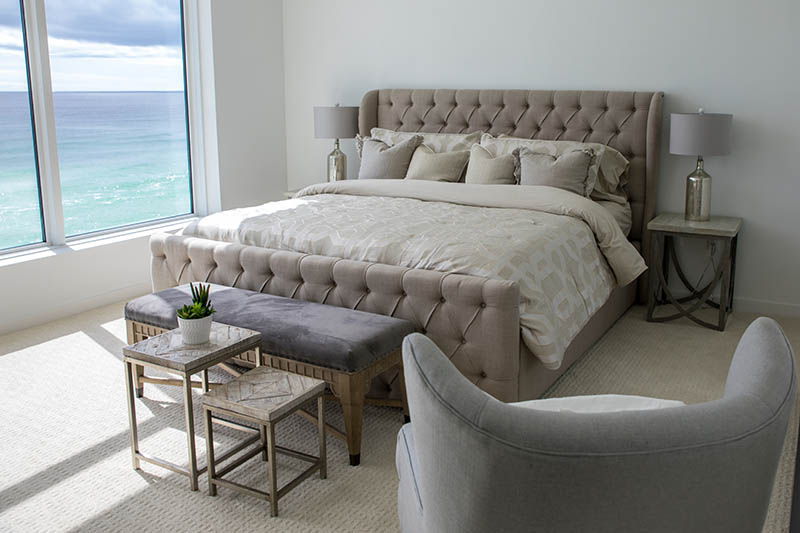
If you’re lucky enough to live in a house with lake or ocean views, arranging the design elements will help you get the most out of it. The secret to designing a room that feels warm and inviting without taking away from the breathtaking views is to use an accent wall entirely made of glass or a wall mostly made of windows.
An outstanding balance between the traditional and modern cottage look is achieved by contrasting the neutral color scheme and the ambiance of natural light.
4. Go for a Library Style Aesthetic
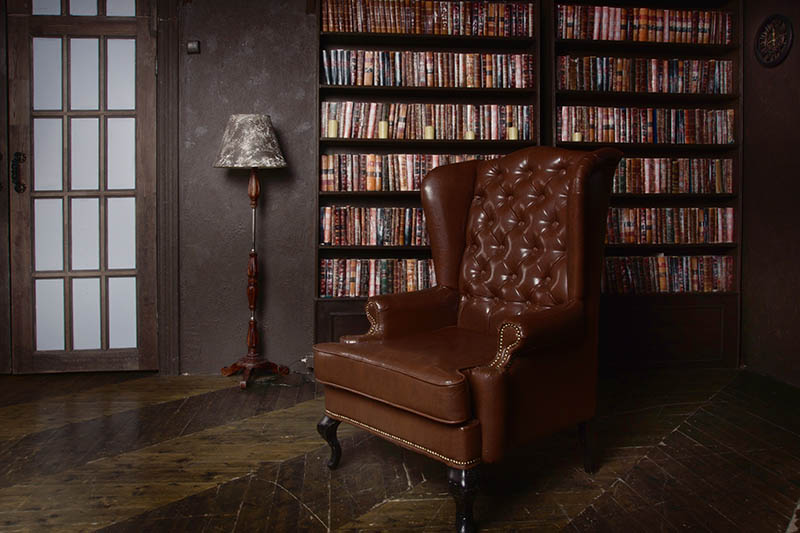
Create a reading nook in your Cape Cod-style living room by designating a wall for shelving and placing a reading chair in front of it. This is a fantastic idea for book lovers and is a simple way to bring the old 17th-century aesthetic to your home without losing the modern touch.
Built-in bookcases also provide open space and simplicity, which is a component of the Cape Cod style. They eliminate the need for a shelving system or other cumbersome storage items that inevitably eat into the usable floor space.
5. Incorporate Antique Pieces
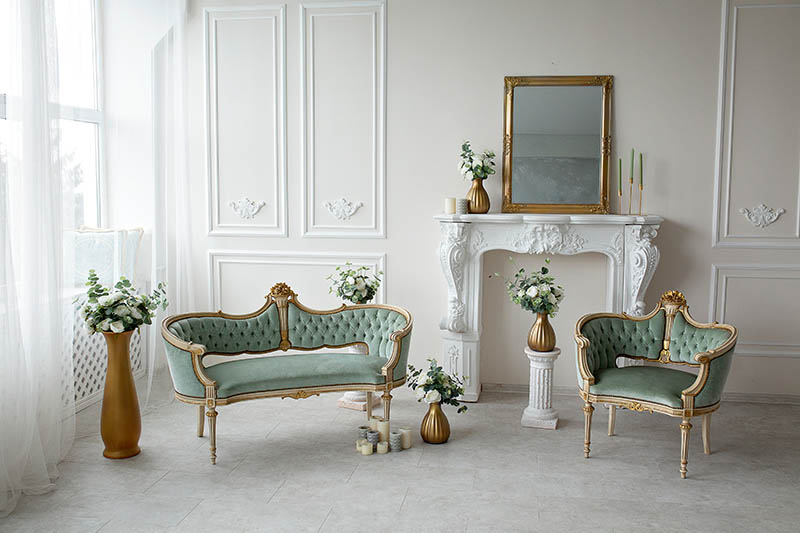
Since New England’s coastal style is more of a feeling than a precise formula, you can apply your Cape Cod living room ideas in a distinctive and individual approach by using antique furniture or pieces as décor. A bedroom, living room, or kitchen always has a lovely feel when vintage and retro pieces are featured.
It’s a fusion of casual luxury, old-world charm, and contemporary accents that produces a serene and welcoming atmosphere reminiscent of how people live near the ocean. There is plenty of room for experimentation in the design. Don’t be scared to mix elements that ordinarily wouldn’t complement one another.
6. Use an Accent Color
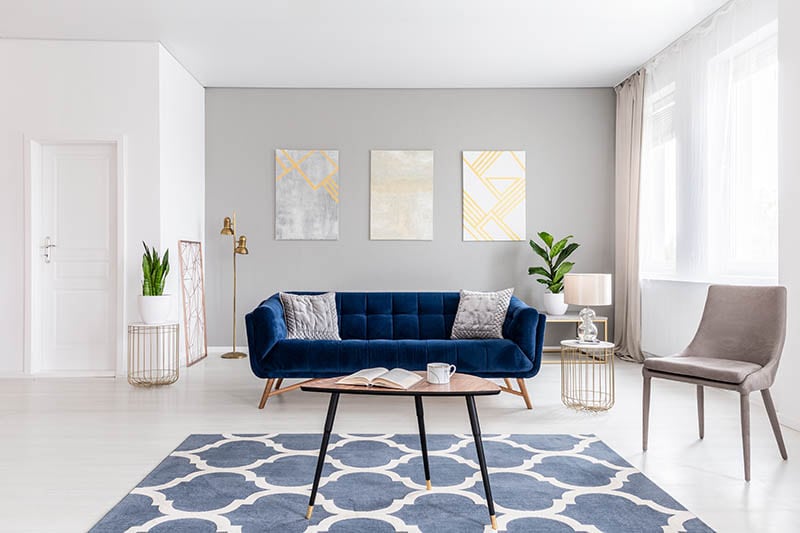
A small touch of an accent color can be a simple way to introduce a New England Cape Cod vibe to any room. The soft, neutral design is lifted by a few discrete touches of a darker or brighter color by either using a few cushions or accent pieces of furniture. The choice is yours when it comes to color, but shades of blue are reminiscent of the Cape Cod coastal style.
7. Include Wicker Furniture
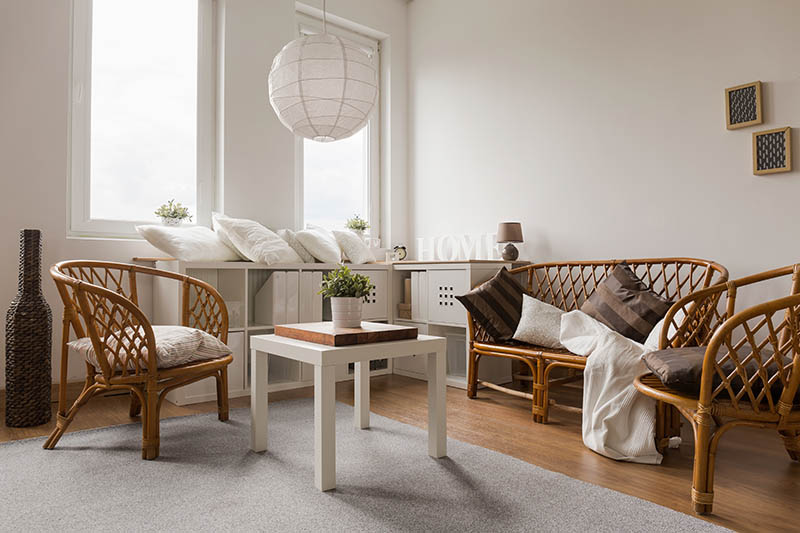
Wicker furniture is another way to give your Cape Cod living room a coastal feel. Despite being from the Victorian era, the material has a beachy reputation, making it the perfect choice for Cape Cod living room ideas.
Additionally, since wicker weave is so trendy right now, this design concept perfectly blends old and modern. They’ll still provide a wonderful Cape Cod touch even if you place them in a space with modern wallpaper and an unconventional layout.
8. Use Coastal Blues

Cape Cod is known for its nautical themes. However, you can stick with a coastal blue and white color scheme if you want your Cape Cod living room to pay homage to its beachy roots without overcrowding the room with sailboat symbols and fake seashells.
The colors should have seaside vibes and be more subdued than overly striking. However, you can choose to paint only one wall or perhaps just a portion of it blue to highlight a coastal-style color. Alternately, select a carpet, pillows, and cushions that go with the entire nautical theme.
9. Embrace Shiplap
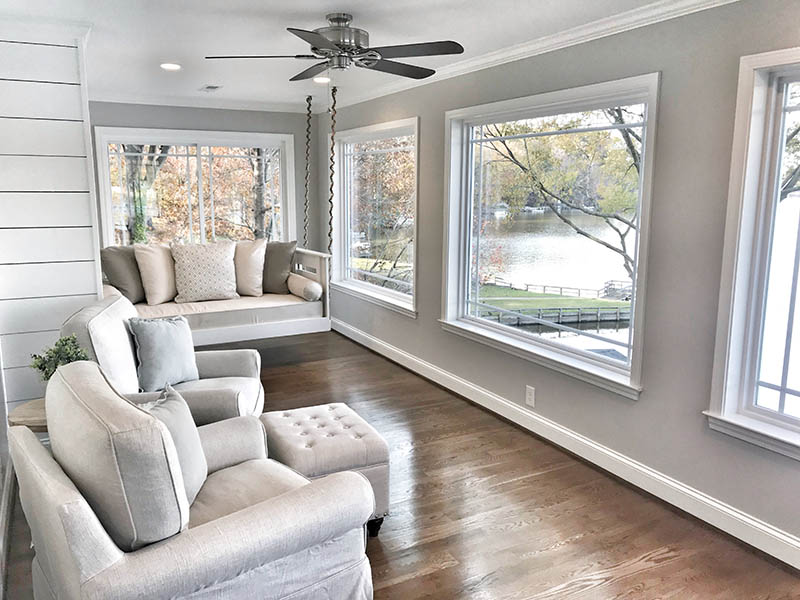
Try shiplap or beadboard panels to create a Cape Cod-inspired interior design. They are made of horizontally or vertically stacked wooden planks that overlap one another and include rabbet grooves.
This type of wall paneling can give your house visual depth, texture, and rustic charm. They can also be used as wall decorations or as accents to produce a cozy cottage-like feel. Go for a whitewash or neutral, light-toned wood to achieve the coastal Cape Cod Aesthetic.
10. Classic Furniture

When combined with linen or cotton upholstery, classic furniture can help a room achieve the laid-back feel of a Cape Cod design. Furniture in the Cape Cod theme has straightforward designs with timeless beauty.
They are usually made up of deep-cushioned accent chairs and luxurious but cozy sofas. Another preferred material is solid wood, which gives a rustic yet elegant feel. Keep in mind the importance of maintaining a balance between aesthetics and functionality.
11. Use Nautical Style Decor
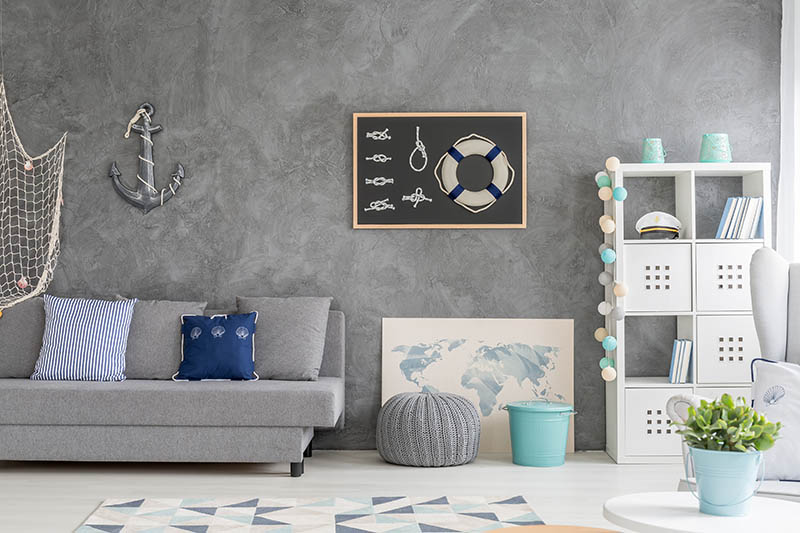
Cape Cod interior design features a lovely assortment of coastal influences. Using classic anchors and nautical knots in your decor is one way to achieve a coastal look, but it can be easily overdone and sometimes looks more like a nursery.
Consider using coastal accents that are muted and simple. It can be simple wall art or striped patterns. Then, you can add an element or two of nautical, such as seashells or anchors.
12. Incorporate Smart Storage
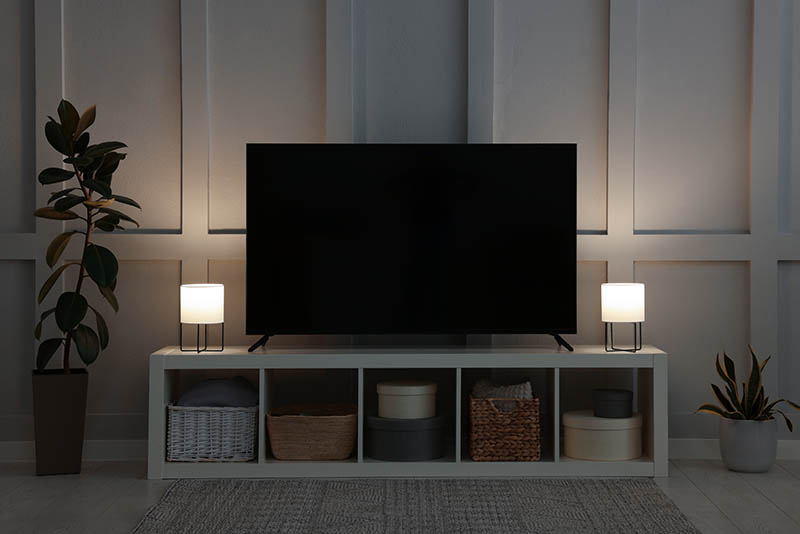
The interiors of every Cape Cod home have a clean, organized, yet cozy appearance. Look for side tables or TV units with lots of storage space. Additionally, for storing goods like blankets and toys, rustic ottomans with openings make an excellent choice, and they contribute to the cozy Cape Cod feeling.
13. Don’t Forget the Fireplace
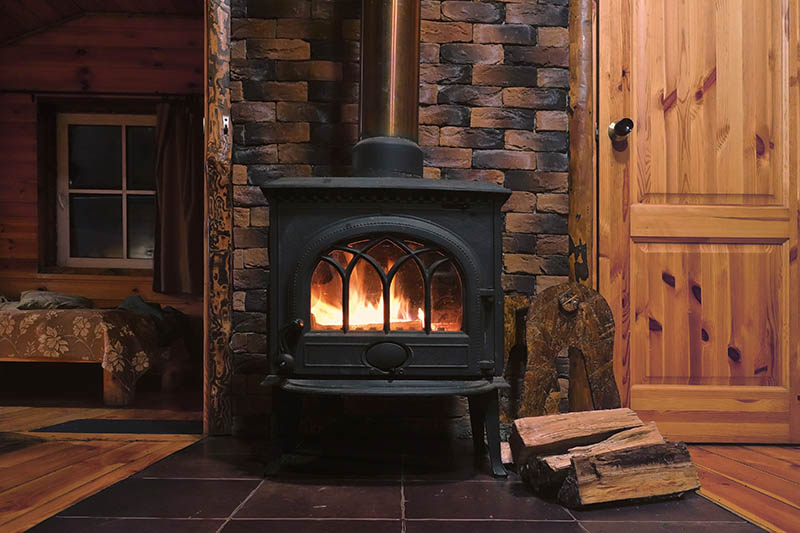
The only source of heat for the Cape Cod homes when the British settlers first arrived in New England was the fireplace. As a result, they serve as a symbol of this design aesthetic. A living room decorated in the Cape Cod style is made more appealing by adding a cozy fireplace.
Adding seaside-themed decor can also create an excellent focal point. Cast iron is the best option because that’s what the Cape Cod pioneers used. However, you don’t need to put in a massive fireplace with a chimney. Even a modestly sized, modern fireplace will do.
14. Incorporate Wall Art
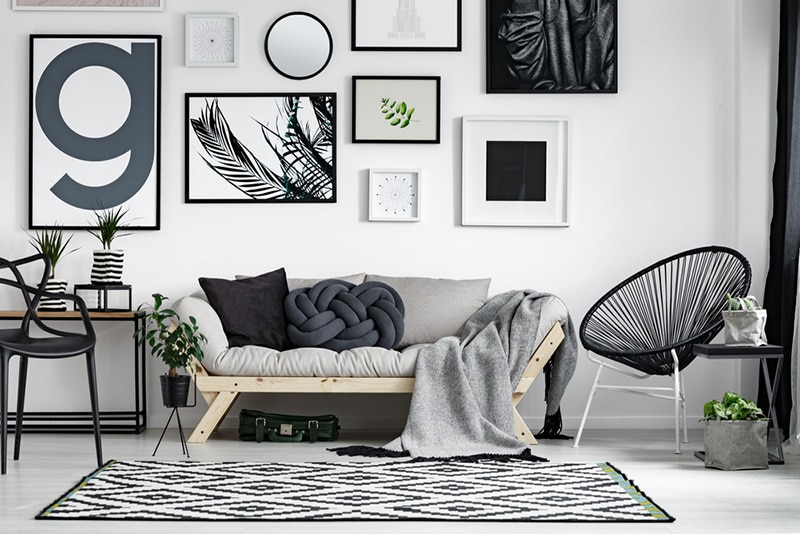
Cape Cod design can also include images and photographs showcased on a gallery wall. You don’t have to purchase pricey works of art and large luxurious frames, but you can use family photos, landscapes, or even your own art.
You can create an accent wall by hanging your favorite pieces strategically, but remember, less is more. Incorporate large, detailed pieces with small, minimalist pieces, and mix and match your frames using old vintage frames with some more modern and simplistic frames.
15. Design with Symmetry in Mind
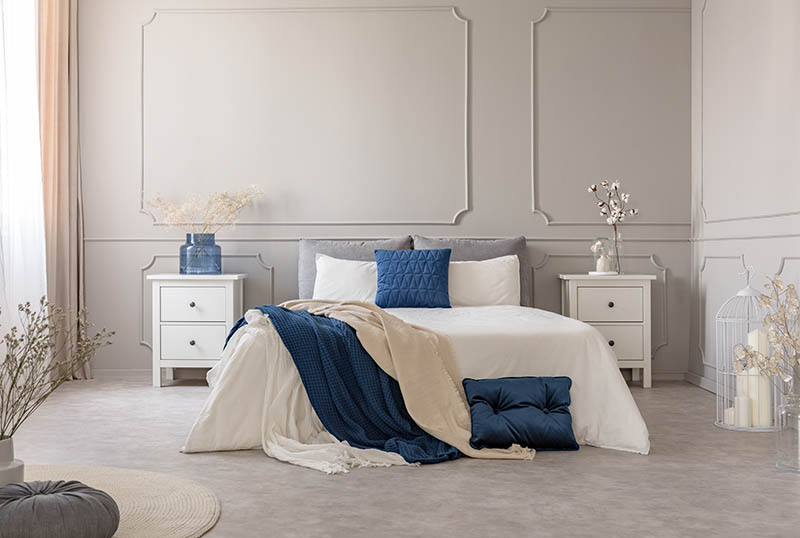
You can utilize standard design principles to draw inspiration from the architectural style and traditional heritage. Although it may not be immediately apparent, symmetry is one of the essential elements of a Cape Cod design.
However, your design does not have to be perfectly symmetrical. It can be as simple as having a matching side table on either side of your sofa or bed or two matching sofas facing each other. Symmetry is also great for smaller areas as it creates a feeling of more space and organization.
16. Maximize Natural Light
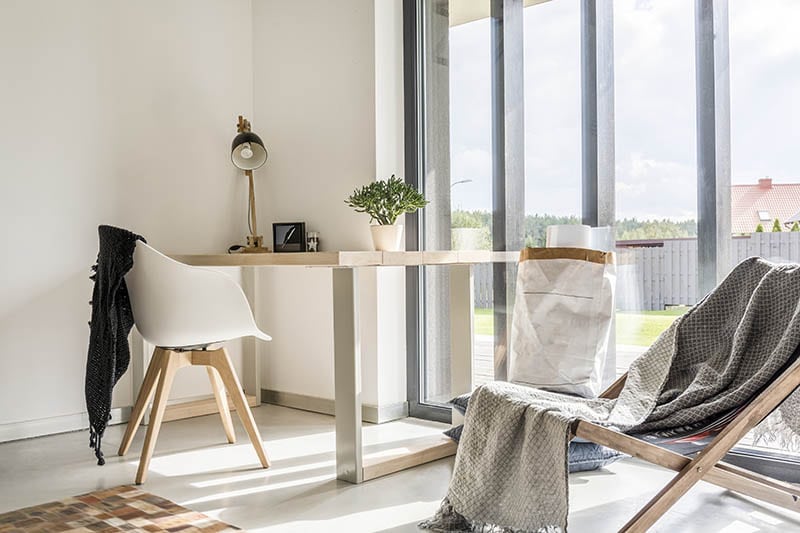
In your Cape Cod home, you want it to feel like perpetual summer. Installing wide windows is the simplest method to achieve natural light, but you can utilize all available means to ensure a well-lit room in addition to the use of a white or light-colored color scheme.
For an interesting Cape Cod bedroom concept, place a lamp in each corner to give the appearance of a natural light source. Mirrors are also helpful in reflecting and maximizing light.
Conclusion
The interiors of Cape Cod-inspired homes combine functionality and design to produce a charming haven of comfort. As a result, their interiors are filled with flair and character, as well as a modern touch. Even if you have a tight budget but still want to renovate your home, Cape Cod is a great option.
All you need is cozy furniture, complementary colors, and vintage design elements to create your own version of Cape Cod style. You’ll undoubtedly be able to find a Cape Cod design that matches your style with the help of our design ideas.
Related Reads:
- Moroccan Interior Design Ideas (with Pictures)
- Cottagecore Interior Design Ideas (with Pictures)
- 1950s Interior Design Ideas (With Pictures)
Featured Image Credit: Tr1sha, Shutterstock
Contents


